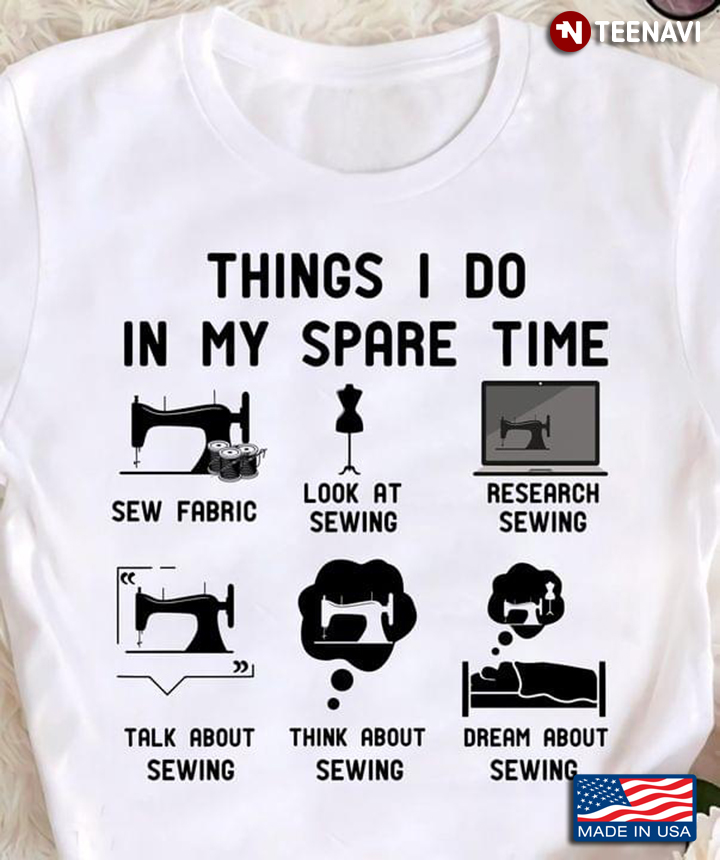See This Report about All 4 Way Stretch Fabrics
See This Report about All 4 Way Stretch Fabrics
Blog Article
All 4 Way Stretch Fabrics - Truths
Table of ContentsThe Ultimate Guide To All 4 Way Stretch FabricsThe 3-Minute Rule for All 4 Way Stretch FabricsExcitement About All 4 Way Stretch FabricsAll 4 Way Stretch Fabrics for DummiesHow All 4 Way Stretch Fabrics can Save You Time, Stress, and Money.The Ultimate Guide To All 4 Way Stretch FabricsThe 2-Minute Rule for All 4 Way Stretch Fabrics
As I also desire UV security from my garments when I go out, I would certainly select a densely woven cotton fabric. Also the underclothing is much better in cotton (No spandex bands anywhere near the skin). Look into the very best textiles appropriate for making summer garments. Another factor to consider when buying the fabric is the means it will after cleaning.A safe wager would certainly be to acquire at the very least 10% additional textile. If you can purchase preshrunk fabric, this is the finest.

If you are matching the color, like selecting the lining for the primary textile or selecting material to include as trim, this is particularly crucial. The fabric display rooms will generally have a light well where you can see the textile in sunlight (or a window with excellent light from outside).
The Ultimate Guide To All 4 Way Stretch Fabrics

A lot of fabrics have to do with 44 wide. When you go to purchase fabric, estimate just how much you desire first and after that go to the shop. Look into this article to recognize the solution to this frequently listened to inquiry "How much textile do I require". With a fat quarter, you will certainly get an 18 large by 22 long.
These are offered in the shops I constant as cut pieces they are primarily prized low and several of them, when they are last off the bolt, valued very reduced. You will certainly have to ask the salespersons for items like that. Some terrific deals can be had in this manner. In dressmaking, we get fabric by the yard/meter.
Rumored Buzz on All 4 Way Stretch Fabrics
In a quarter of a yard, you obtain a 9 by 44 strip of fabric, which is about 22 centimeters in length. It is always much better to buy bigger cloth. According to the width of fabrics, they may be called single-width and double-width. Solitary width is normally approximately 49 inches in width and dual size as much as 60.
You can find out more regarding backyard to meter conversion right here. Take a look at this blog post on reading a measuring tape Choose fabrics that are not also hard or rigid, or you wouldn't fit in them. Linen, Jeans, flannel, For chillier climates, pick woollen (100% in addition to woollen blends) woollen tweeds, wool crepe; it essentially relies on what trousers you are speaking about Tailored pants, Unstructured Pant, Combined, Pants.
Corduroy fits to put on material to select for pants. All cotton textiles are great for children. You can select a cotton satin stretch or a cotton twill or cotton satin or lawn. Knit fabrics are likewise wonderful for youngsters you can choose woollen knits. Interlock knits are dressmaking knits that extend across the grain.
The Ultimate Guide To All 4 Way Stretch Fabrics
Look into this blog post on the very best textile for clothing for children and youngsters for even more detail on this subject. Light-weight cotton is my favorite to sew skirts. Cotton lawn towel in appealing prints is great. Silk jacket is a wonderful textile for stitching skirts, as is Ponte Roma knit fabric.
Also, drapey rayons, soft wool, lycra blends, and stretch velours are all ideal for stitching skirts. Woollen (Woollen crepe has a wonderful drape and provides sufficient structure for coats; woollen tweeds are fantastic as well), Linen & Flannel. Velvet (Take A Look At the slouchy velour blazer tutorial, incidentally). Light-weight knits benefit free-flowing coats similar to this waterfall jacket pattern Raw silk, satin, taffeta, velour, Lace, silk chiffon, and Fabric are all great for making gowns.
You can buy medium-weight materials with some spandex/elastane added for a suitable bodycon-type outfit. For drapey outfits, you can choose light-weight fabrics. Crepe, challis, and charmeuse are all drapey textiles fit for this style.
Lightweight cotton fabric, Cambric, Chintz, Twill, Faille, Seersucker, Poplin, light-weight woven broadcloth, batiste, linen, eyelet are excellent for making t shirts and shirts. Smooth satin material is good for making ventilated tops. When original site buying patterned material (most of the formed material comes with a size of 45 or 54 inches), there will be pattern repeat in these fabrics, and this must be taken into factor to consider when reducing textile as well as buying them i.e., if you want to match the patterns at the seams.
The Best Guide To All 4 Way Stretch Fabrics
This blog post has the names of all the checkered patterns and this, stripe patterns. The motifs will certainly be dispersed in a scheduled style on the fabric. You might discover occasionally If the print is not positioned on the fabric correctly, it can not be matched or lined up when created without misshaping the textile and the hang of the garment.


You can discover extra concerning grain and grainline of textile here. The material weight depends on numerous variables like the weave, fiber kind, and so on and is commonly represented by GSM. GSM can differ from 60 -700; 700 being the GSM of extremely premium woolen fabric. A denim textile has a GSM of 400, depending on the weave.
One thing you have to keep in mind is that greater material weight does not signify greater material quality. It just is an indicator of the suitability of the textile for a certain project. You can pass by high material weight material jeans for a light-weight floating serape. Recognizing the textile weight is useful when contrasting the very same sort of fabrics, but even this will rely on its application.
In a nutshell, the most vital criteria to look for in the textile you get are as complies with (https://www.figma.com/design/vvzUN9nBxjbmgpdT9mro0U/Untitled?node-id=0-1&t=FW7dWD9dN8WtODNF-1). The number of strings per inch of material (yarns-per-inch).
The 5-Second Trick For All 4 Way Stretch Fabrics
This is very essential in any material. In premium material, this balance (either in numbers or in size) will always be kept. Procedures used on material to enhance appearance and efficiency. The fibers that are woven to make the fabric will certainly either be as a single hair or will be developed by integrating two threads (twisted).
A two-ply yarn is exceptional to a single-ply yarn.
If you are preparing yourself to begin a brand-new embroidery project, selecting a textile will be one of the most essential step once you decide what you wish to make. After you've mosted likely to all the problem and expenditure of acquiring the sewing maker you like, a pattern you love, and a fabric you like, you desire the finished item to be a success, right? One method to complete that is to begin by making certain your textile is genuinely best for the task.
Examine This Report about All 4 Way Stretch Fabrics
Exactly how do you know which fabric will provide you the best result? Selecting a material just since you enjoy the print or layout on it isn't always the ideal method - cycling jersey.
In order to avoid doing an entire task for practically nothing, we've compiled some suggestions to aid you choose which textile is best for your task. Allow's claim you already have a job in mind; just how do you find the best fabric for it?
Assume of the attributes you want the completed product to have. Do you desire a solid shade or a print? If you are making a non-wearable thing such as a pillow cover or potholder, make use of a sturdy textile such as canvas.
There is so much information around concerning materials, their characteristics, and their uses, it might get to be frustrating! So do not try to take it in all simultaneously; just start with the job available. Find out all you can about the textile you make use of for this one task.
Report this page